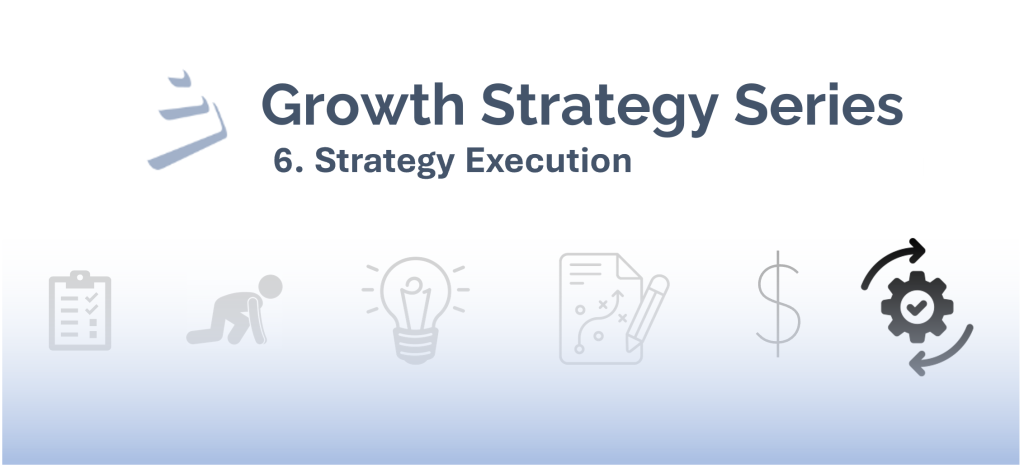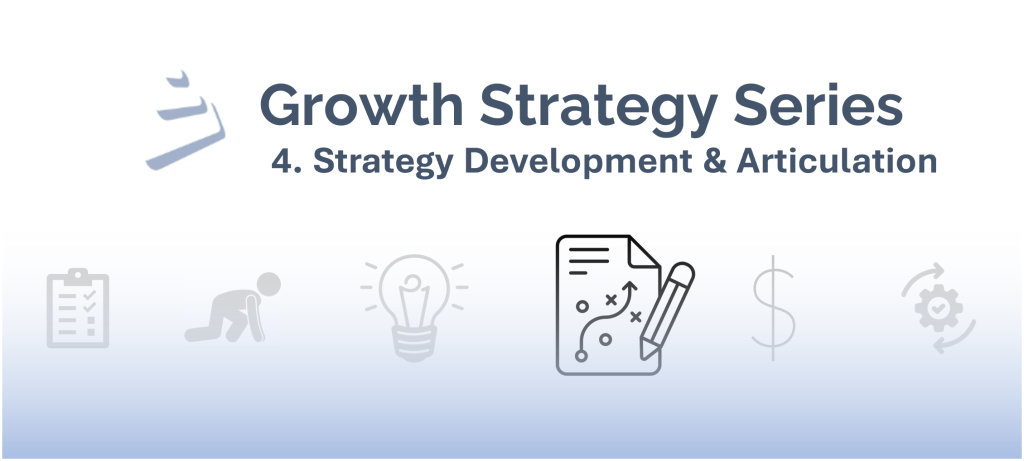Simon Sinek, the Rand Corporation consultant and leadership guru, gave his original Golden Circle Ted Talk in 2009, and it continues to be one of the most viewed over the past 5+ years. I like it and yet am somewhat skeptical about whether The Golden Circle tells us anything new.
Sinek’s Golden Circle is simply three concentric circles, each representing an element of the organization’s story. The center circle is labeled “WHY.” An organization’s WHY is its “purpose, cause or belief that has nothing to do with what they do.” The middle circle is labeled “HOW,” and the outer circle is labeled “WHAT.” Sinek’s thesis is that “People don’t buy WHAT you do, they buy WHY you do it.” However, most companies today pitch only the WHAT and the HOW. They are therefore missing the opportunity to truly inspire their audiences to loyalty and advocacy for their brand.
I think it’s true that people buy WHY over WHAT. Marketers see this especially among today’s younger consumers, during whose lifetimes accounts of corporate greed have certainly overwhelmed any accounts of corporate good. I’m wondering, though, whether his implication that most companies don’t do this is correct. I’m wondering as well, whether our classic framework for external communication, the brand positioning strategy, might be in need of adjustment.
Sinek, like many, holds up Apple as an example of a leader in the business world. He imagines, in The Golden Circle talk, that if Apple sold computers starting with the WHAT, it would come out like this: “We make great computers. They’re beautifully designed, simple to use and user-friendly.” Instead, Sinek says, they start with the WHY before going on to the WHAT: “Everything we do, we believe in challenging the status quo. We believe in thinking differently. We challenge the status quo by making our products beautifully designed, simple to use and user-friendly. And we happen to make great computers.” Huge Insight!
Or is it? My first reaction was to wonder: Isn’t he just saying that companies should have mission statements? That’s that name I would give to a statement of purpose, cause or belief. What’s the point of saying this if most companies do have mission statements? I’ll grant that few are more than cookbook statements that do nothing to motivate company employees let alone their consuming publics. But I still don’t see why Sinek would think this concept represents a major insight worthy of the TED stage.
After some reflection, I realized the subtlety of his point. Mission statements don’t often make it into external communications. This is because, as I already said, most mission statements are far, as in very far, from motivating. It might be okay to bore your employees, but it’s never ok to bore customers, or so the thinking may go! But even in communications intended to sell the company over the specific offering, i.e., corporate level brand advertising, the mission statement is rarely expressed. In the positioning framework commonly used today– or even in most creative briefs I see – there is no fill-in-the-blank line calling for the company’s mission.
And yet, expressing its cause is exactly what Apple has done so brilliantly. Who will ever forget the “Lemmings” commercial shown during the 1985 Super Bowl: Downtrodden masses of briefcase-carrying business people marching single-file, blindfolded and arm-to-shoulder through a dark world right over a cliff? Apple wasn’t showcasing a product, or even presenting some flat-footed statement about what differentiates their products from competitors. They were unapologetically appealing to what was then the “radical fringe” of their category by proclaiming the company ethos. And to this day, as their product line has diversified and their audience has expanded, that ethos is shaping the perception of its brand and, ultimately, selling its products.
What did Apple get right? Here are a few suggestions for brand managers:
Declare your mission as you would a revolution. To get the company’s mission statement to a profound level, you have to uncover the company’s true cause. This true cause has nothing to do with creating shareholder value, being a great place to work, or becoming number one. It is about revolution. For whom are we out to change the world and how are we changing it? For Apple, it was about putting a completely new kind of power in the hands of many to bring about a brighter world. We will never be Lemmings again!
Make your corporate brand positioning and your company mission statement about one and the same thing. If you are communicating at the corporate brand level, do not start with developing brand positioning. Start with developing a mission statement that gets to a profound level. Once you get this nailed, then shape it into the functional benefit of the corporate brand positioning statement. As Apple demonstrates, the corporate brand message should be the mission of the organization. What is differentiating and compelling about you as a company is your mission. They are one and the same thing.
Use the mission as the emotional benefit of every product positioning. Here is where Sinek’s message is most relevant. When positioning products, the common procedure is to specify the precise target audience, establish the category in which you compete, and then express how your offering will be different and better in the eyes of this audience than competitors’ offerings. The next line, the emotional benefit is usually a bit of a throwaway. Sinek’s basic message is that the company’s mission needs expression in all external communications. My advice is that the best place to do this in today’s product brand positioning framework is in the emotional benefit. I think this will help guide you away from the old standby (“…so that you can have confidence….”) to come up with something a lot more powerful.
So just what does Sinek’s Golden Circle offer marketers? He reminds us that Mission Statements can’t be left exclusively up to the management team and/or the strategic planning department. They need a good large dose of the colorful and the passionate that strategic marketers bring to the discussion. And it reminds marketers how important it is to communicate the mission to external audiences. Because “People don’t buy WHAT you do, they buy WHY you do it.”


